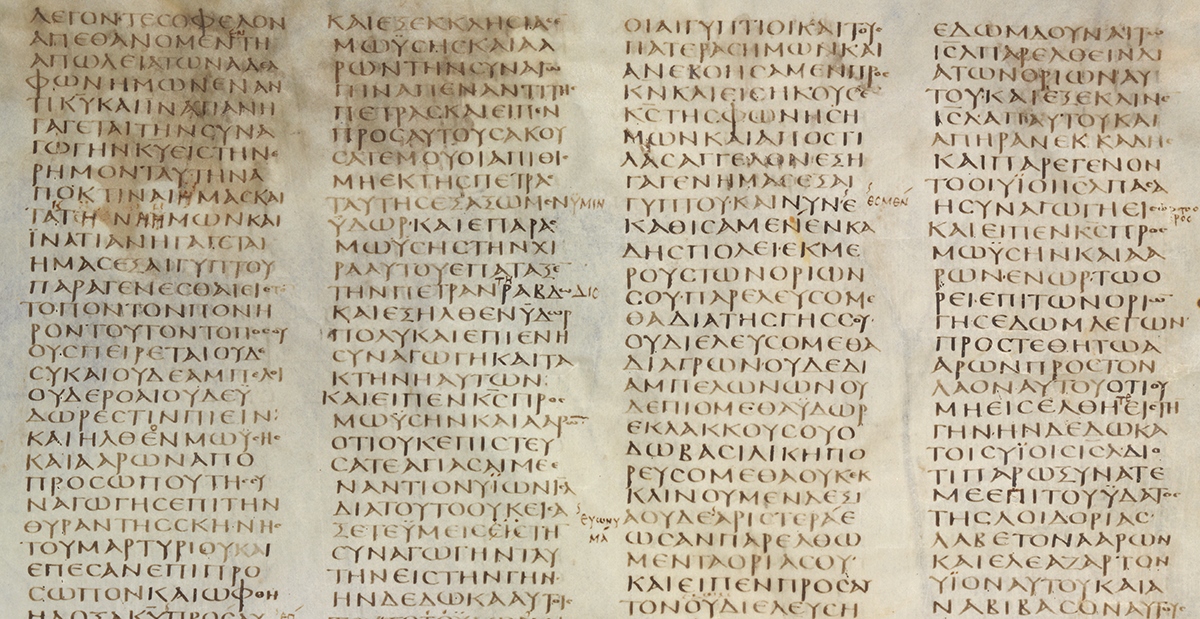- Dec 13, 2015
- 5,501
- 4,569
- 39
- Country
- United States
- Gender
- Male
- Faith
- Calvinist
- Marital Status
- Married
The story I'm referring to is located in John 7:53- 8:11. It's the famous story where a woman was caught in adultery and Jesus saves her from death by pointing out everybody's sin while calling himself sinless (which he was don't get me wrong)
But this story likely never really happened. Why? Because it wasn't in the earliest and therefore the most reliable manuscripts but likely was added later in the textus receptus. Some of the manuscripts don't have the story at all and some have it in John 21 and others in John 7 so it likely was never written by the apostle John at all. It also breaks the flow of Johns narrative because John uses different wording in other parts of the book of John. In total there are 13 words that John never used in other parts of the book of John and he never refers to the scribes except for in John 8:3.
It's very likely that this famous story should never be in the Bible because John never wrote it and it isn't a part of scripture. But, Bible publishers will most likely continue putting it in the Bible.
But this story likely never really happened. Why? Because it wasn't in the earliest and therefore the most reliable manuscripts but likely was added later in the textus receptus. Some of the manuscripts don't have the story at all and some have it in John 21 and others in John 7 so it likely was never written by the apostle John at all. It also breaks the flow of Johns narrative because John uses different wording in other parts of the book of John. In total there are 13 words that John never used in other parts of the book of John and he never refers to the scribes except for in John 8:3.
It's very likely that this famous story should never be in the Bible because John never wrote it and it isn't a part of scripture. But, Bible publishers will most likely continue putting it in the Bible.



